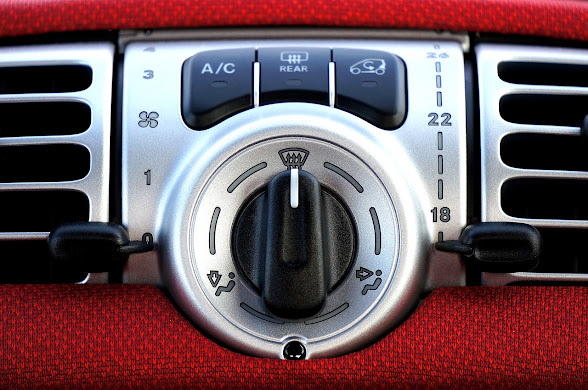Foggy weather really is a dangerous situation for several drivers, particularly in the event that you do not know how to deal with it. If you need to push fog, there are measures you may take to avoid a crash. Here are just five safety tips for driving in dense fog that most drivers should use.
Top 5 Safety Strategies for Dense Fog
Constantly use your thoughts, but never your brights. A big mistake people make while driving fog is utilizing the high beams. Fog is like a mist. It's made up of tiny water contaminants that'll rebound light. Employing the high beams will only make the situation worse as mild rebounds much too much. But driving with no lights turned on is equally dangerous. Your low beams will alert drivers of your lifestyle. With your lights on, your tail-lights are going to soon be on for all those .
Slow down and keep your space. You should cure fog with the exact same care you treat rain and snow. Although roads won't be slippery, the loss in visibility ensures you should have reduced reaction period. Anything that can be lurking in the fog, including people, cars, and even wildlife. To prevent any surprises, decrease and await barriers attentively.
Pay attention to everything around you. A common trap that drivers usually encounter is they focus too much on the taillights of the vehicle before them. While this can be helpful when you're after someone, you eventually become tunnel-visioned to every thing else. What when a deer is all going to cross?Front passenger seat perspective of heavy fog when driving a street
Pull over and turn in your own hazards. It's ideal to keep in mind that everybody else is having difficulty seeing. If you decide to pull over, get as far off as possible. Ensure that you switch in your hazards others may identify you. With no risks, the odds of a car perhaps not visiting you and hitting you're rather high.
If you can make it, don't push at all. It's ideal to stay home until fog passes. If you need to drive, then devote yourself extra driving time and use these safety hints. Your safety is more important than getting to your destination on time.








